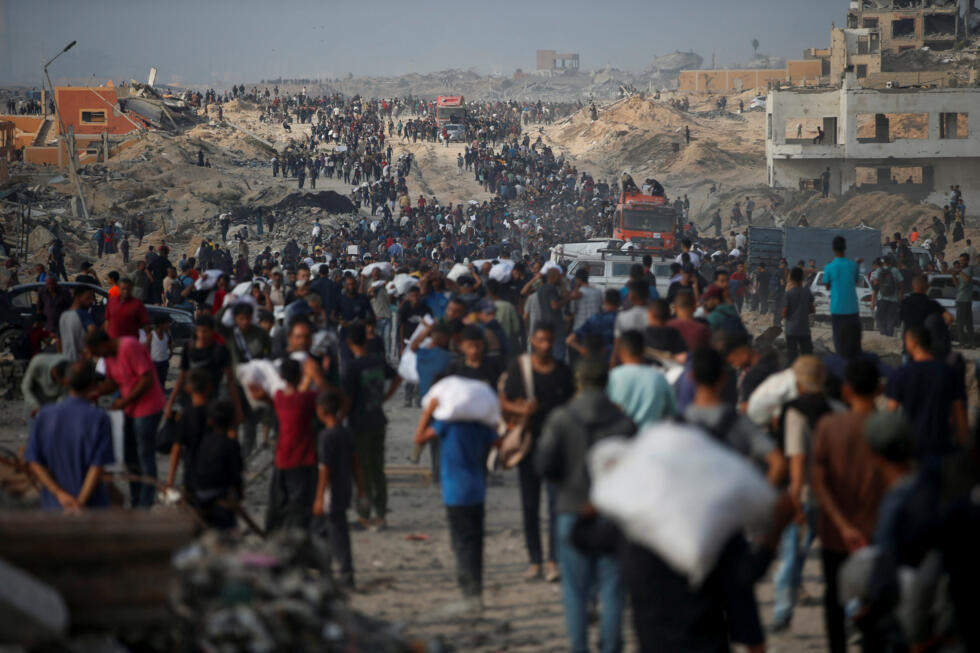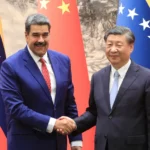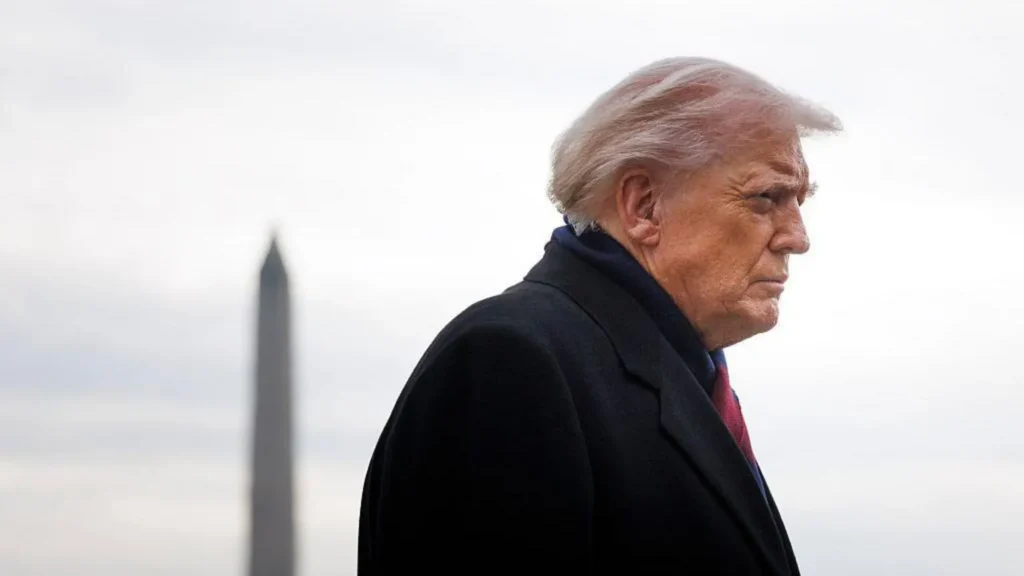Hamas Faces Crisis on Multiple Fronts Amid Internal Dissent and Waning External Support

Besieged by Israeli military operations, internal rebellion, and geopolitical uncertainty, Hamas is struggling to maintain control in Gaza. Once a tightly organized militant and political force, the group now faces existential challenges, both from within Palestinian society and across regional alliances.
Deprived of much of its military leadership and tunnel infrastructure, Hamas fighters are now operating in loosely coordinated cells, tasked with resisting Israeli pressure as long as possible. Israeli forces, meanwhile, are supporting rival Palestinian clans to further undermine Hamas’s grip.
Among the most pressing threats is the emergence of Yasser Abu Shabab, a clan leader operating with increasing autonomy in Rafah, a region under Israeli control. According to Hamas insiders, efforts to eliminate him have so far failed. His faction claims to be protecting humanitarian aid and establishing order, though Hamas accuses him of collaborating with Israel and seeking to destabilize Gaza.
The Israeli offensive, now in its 20th month, has killed more than 20,000 Hamas fighters, according to Israeli estimates. Though Hamas still executes sporadic, lethal attacks—such as one that killed seven Israeli soldiers this week—its capacity to orchestrate large-scale operations appears diminished. Command-and-control structures have been severely disrupted, and the average age of fighters continues to drop as the group recruits younger, often displaced and unemployed men.
Senior Hamas official Sami Abu Zuhri reiterated that “surrender is not an option,” expressing a willingness to negotiate a ceasefire and prisoner exchange. Yet the cost of such negotiations remains politically perilous for Hamas leadership, particularly with Israeli Prime Minister Benjamin Netanyahu demanding their removal from Gaza.
Political analysts, including Yezid Sayigh of the Carnegie Middle East Center, suggest Hamas is focused on survival—political as much as physical. “They face being erased not only militarily, but also from any postwar governing framework,” Sayigh noted.
The situation is further complicated by shifting clan dynamics. Some tribes are cooperating with Hamas; others, like Abu Shabab’s group, are asserting their own power. Images from Rafah show his faction facilitating aid delivery and issuing calls for displaced Palestinians to return home, prompting fears of a rival power center.
Israeli officials say they are actively arming these tribes to combat Hamas, an assertion Hamas strongly contests. Both sides accuse each other of manipulating aid distribution to serve their agendas.
Hamas also faces strategic uncertainty from its most significant backer: Iran. Recent Israeli strikes inside Iran, including the killing of Revolutionary Guard officer Saeed Izadi—a key liaison to Hamas—have raised questions about Tehran’s future role. While Hamas has expressed public solidarity, insiders fear a reduction in Iranian logistical and financial support.
Despite the dire conditions, Hamas maintains some influence. Fighters are still visible organizing aid and maintaining order in areas where Israeli troops are absent. Yet their presence is a shadow of the group that launched the October 2023 attacks on Israel, which killed 1,200 people and led to the ongoing conflict.
The humanitarian toll has been catastrophic. Gaza health authorities report over 56,000 Palestinian deaths. International calls for a ceasefire are mounting, but any deal remains fraught with political risk and deeply divergent terms.
“We keep the faith,” a Hamas source told, “but in reality it doesn’t look good.”
By Staff Writer, Courtesy of Forbes | June 27, 2025 | Edited for WTFwire.com
Source: Reuters
: 221







